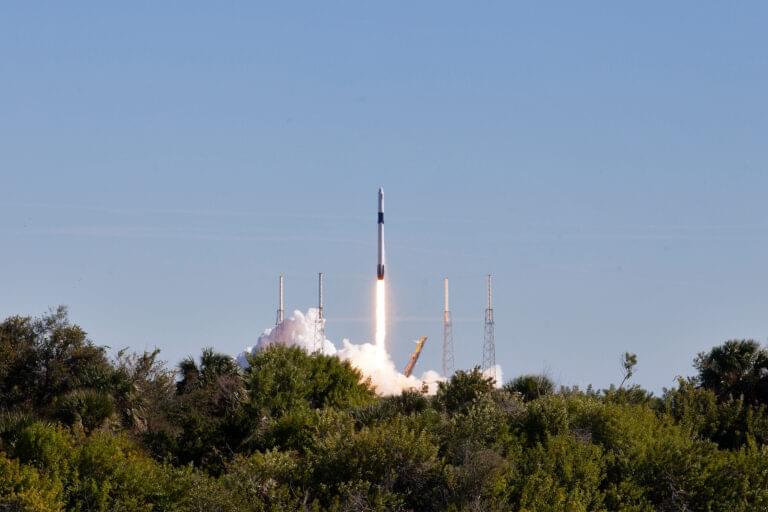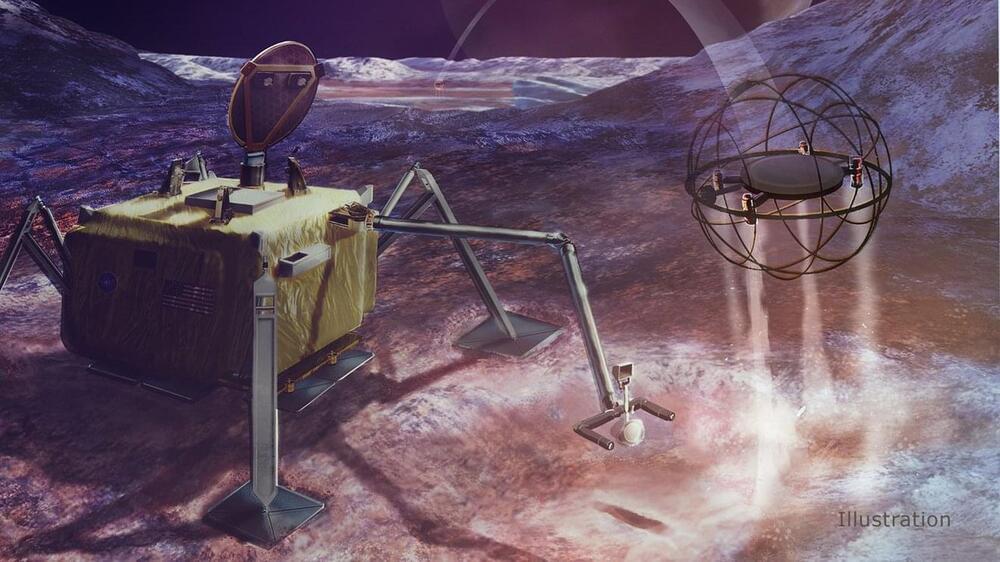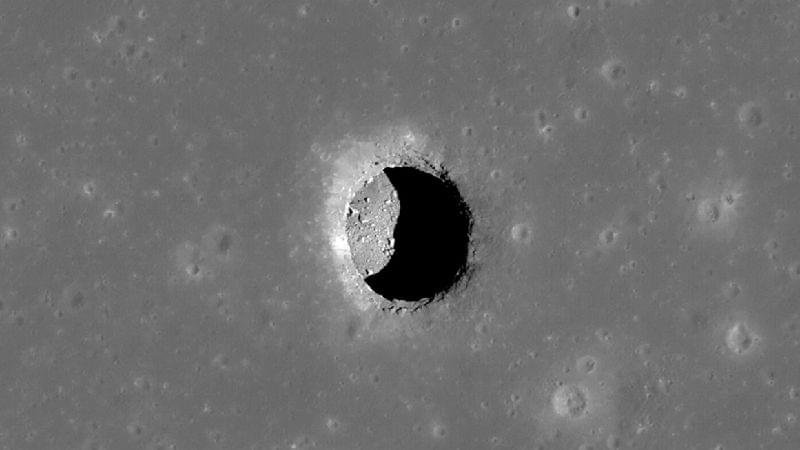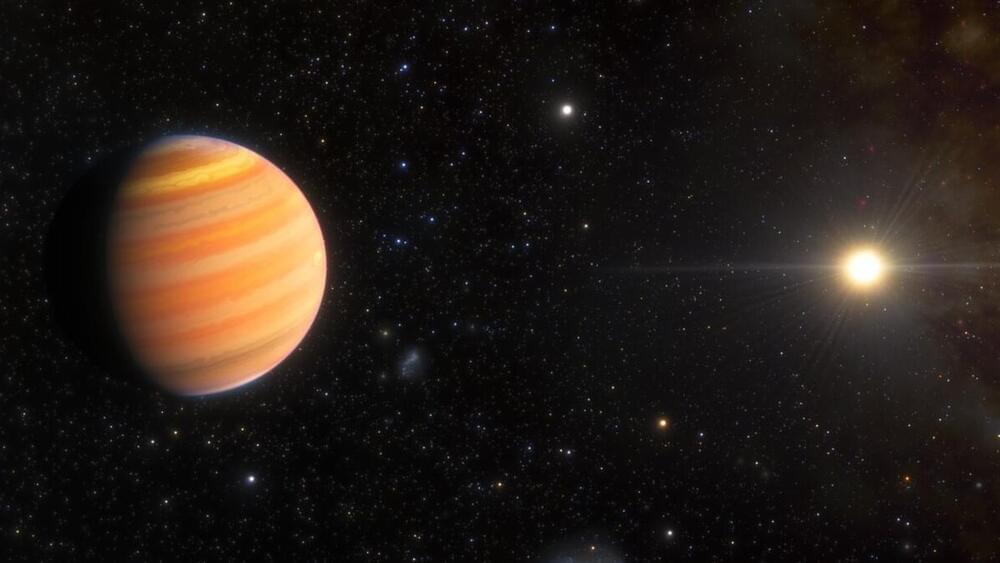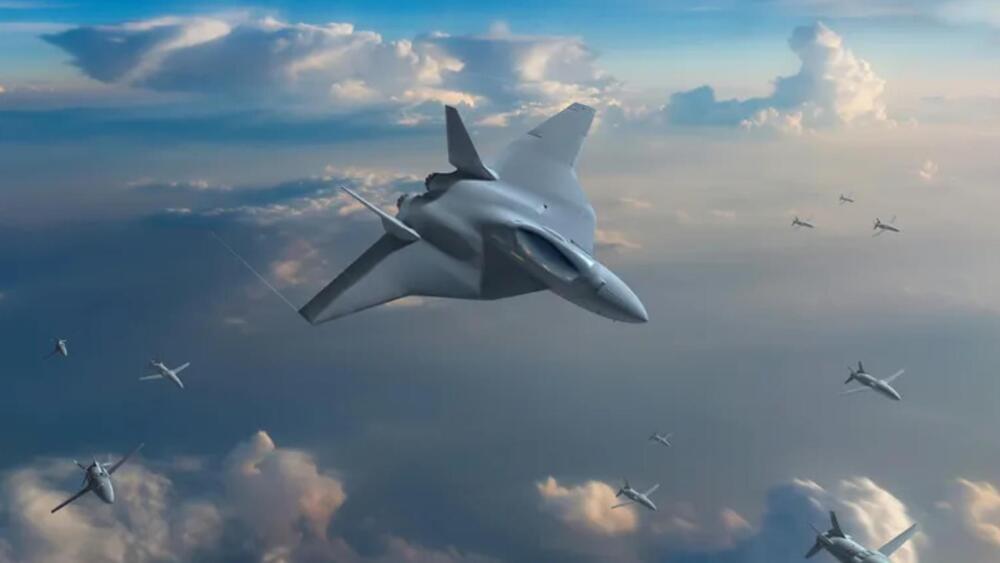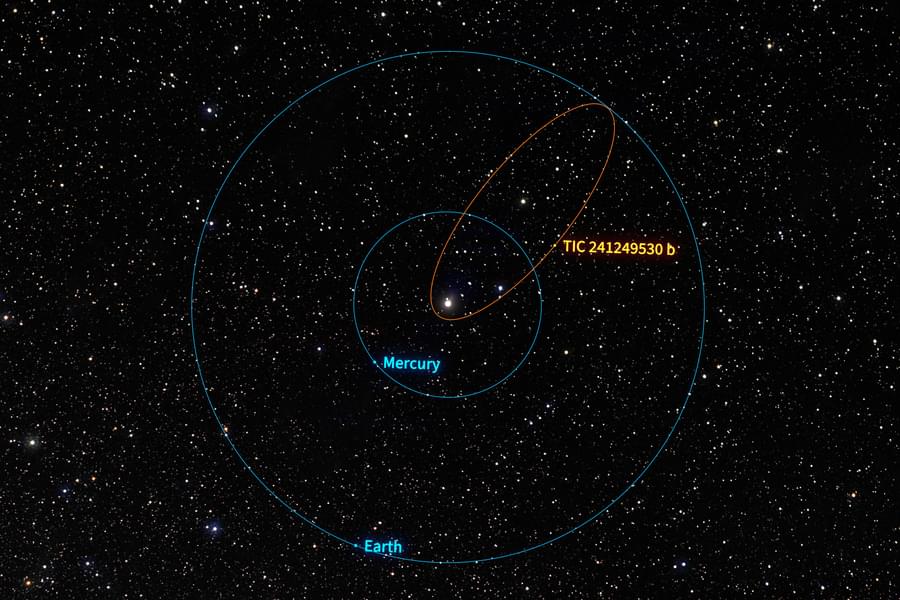
“This new planet supports the theory that high eccentricity migration should account for some fraction of hot Jupiters,” said Dr. Sarah Millholland.
How do exoplanets evolve throughout their lifetimes, specifically those known as “hot Jupiters”, which have been found to orbit extremely close to their parent stars? This is what a recent study published in Nature hopes to address as an international team of researchers investigated the highly eccentric orbit of TIC 241,249,530 b, which is a Jupiter-sized exoplanet located approximately 1,100 light-years from Earth. This study holds the potential to help astronomers better understand the formation of exoplanets like hot Jupiters and how their orbits evolve over time.
Now, TIC 241,249,530 b could help astronomers piece together the evolution of hot Jupiters given the exoplanet’s highly eccentric orbit, meaning it travels very close to its parent star at certain points followed by swinging back out to well beyond the parent star, completing one orbit in 167 days. Astronomers hypothesize this could mean that hot Jupiters initially begin as cold Jupiters in highly eccentric orbits only to slowly become more circular and closer to its parent star over time.
Continue reading “Evolution of Hot Jupiters: From Cold Giants to Star-Hugging Worlds” »


